Wood professions

This article provides an overview of the timber professions. It is described what specializations of a person directly involve working with a tree. The characteristics of the professions involved in cutting wood, as well as in the production of wood materials and their processing are characterized.
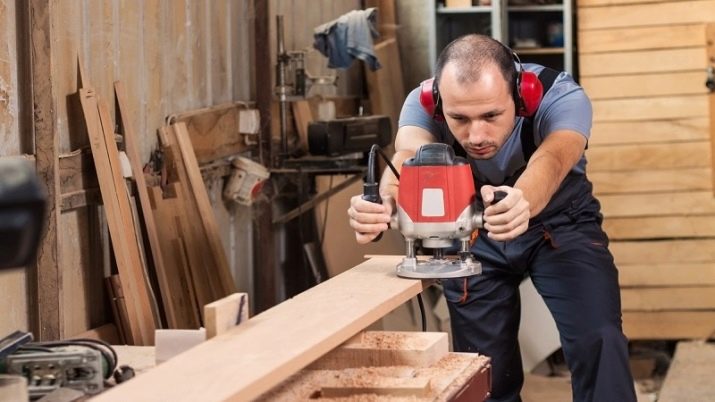
Peculiarities
The most important specificity of the professions associated with wood is the elusive combination of tradition and ultra-modern elements in them.... It is known that man has been working with wood since ancient times - for several millennia. However, it is almost impossible to do without technological advances. In addition, even people who create works of art and sculptures are willing to use various tools that enhance their creative and expressive possibilities.
The tree requires neatness and care... Do not think that working with it is possible for everyone who knows how to plan, saw and hack. It is a very "thin" material, changeable and highly dependent on unfavorable environmental conditions. If the master shows diligence and patience, masters the necessary information about all types of raw materials, he will be able to create real masterpieces from wood. Such achievements sometimes require not only professionalism, but also an excellent eye and sense of the material. You will have to carefully study the entire tool used, its main types and features of each model.
In addition, it is worth considering a few more points.
- Woodworking is very diverse and is represented by a large number of specializations, so it is impossible to cover them all by one person.
- You still have to constantly improve your skills and learn new techniques of working with wood.
- Necessarily required developed aesthetic sense, voluminous imagination, the ability to fit finished products into the interior or design concept even before they start working on them.
- Wood processing will always remain relevant, even if the latest materials are created.
- It is necessary to study physics, chemistry and biology - this will allow a deeper understanding of the tree itself, everything that happens to it during the work and the subsequent use of metamorphosis. This knowledge will help make a better product.
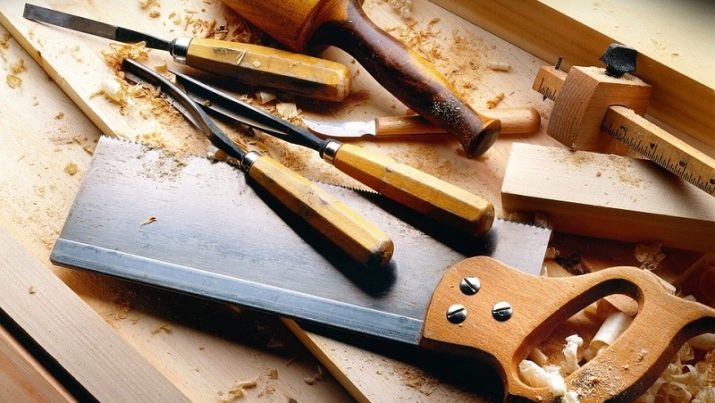
What professions are involved in processing?
In the woodworking industry, there is a large number of specializations of employees... But all this mass of people can be classified into several groups. The following positions are associated with cutting (the primary stage of processing):
- frame;
- sawing machine operator;
- production line operator;
- sorting line operator;
- stacker;
- veneer shelling machine;
- grinder.
Working on a sawmill is much more difficult than it seems from the outside. It will not work to push the workpieces into the machine in any way. This will either disable expensive equipment, or prevent a high-quality product from being made. The sawmills themselves need to be carefully tuned, in addition, you will need to monitor their technical condition. Cutting modes are switched as needed. Grinding machines are engaged in crushing wood into pulp. Hulkers must be able to work with a wide variety of wood species in order to obtain a quality product.
The sawmill operators cut wood using automated and mechanized machines. Monitoring the machines is, of course, also their responsibility.
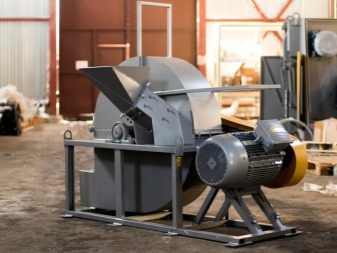
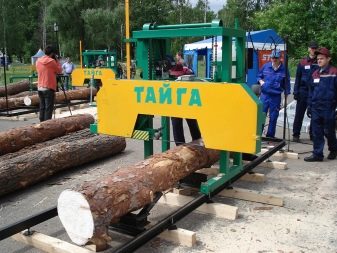
The second stage of woodworking implies that other specialists are involved in the work:
- dryers;
- sorters;
- cutters;
- finishers;
- joiners;
- carpenters;
- gnutari;
- coopers;
- steamers;
- gluers.
Carpenters and steamers work on steaming units. The difference between them is that for the former, heat treatment of wood is not important in itself, but as preparation for its mechanical treatment. Since during such manipulations, a lot of foreign substances are always released, the working chambers and baths have to be thoroughly cleaned. This is not to say that any employee is more or less important - each of them is responsible for his own personal stage.
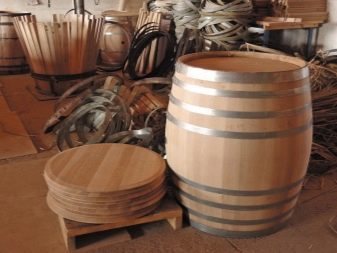

In any of the listed specializations there is an additional division. So, the same carpenters are divided into ordinary and cabinetmakers. And when the production of wood-based materials at the secondary site is finished, they often go to the finishing stage, which is much more diverse in composition. What is the final product for woodworkers can become a raw material for:
- builders;
- repairmen;
- manufacturers of packaging (most often boxes);
- shipbuilders;
- car builders;
- path workers (wooden sleepers);
- furniture makers;
- manufacturers of musical instruments;
- baguette masters;
- undertakers;
- turners;
- spoonbills;
- many other specialties.
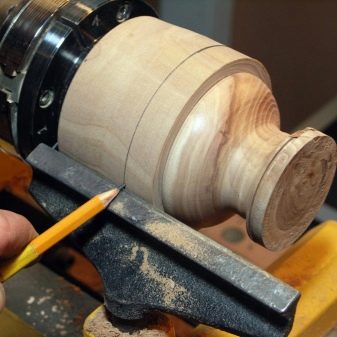

Overview of other specializations
The most direct way of dealing with wood is a forester (not to be confused with a forester who is only concerned with the protection of land). Foresters work on the entire ecosystem in their area as a whole to ensure that plants, animals and birds support a biosphere as delicate and fragile as a forest. Agronomists who grow seedlings and monitor the growth of planted trees are in great demand in forestry and nature reserves. Often they also become specialists in urban parks. In this sense, the work of the following specialists is also associated with wood:
- ecologists;
- gamekeepers;
- researchers working in reserves and national parks;
- other specialists in the field of botany;
- entomologists fighting forest pests.
In addition, the forest also serves as a source of wood raw materials. To procure it, sawers and operators of powerful machines are constantly working. Skidding and logging equipment, loaders, spacious timber trucks are used at the harvesting sites. And each of the types of machines needs professionals who will operate them, monitor their serviceability and reliability. On the felling sites, they also use truck cranes, as well as various other lifting devices, which also have their own operators.
But for the equipment to go to the right place, it takes a lot of work of designers and builders of forest roads. Despite the seeming simplicity (cut the track, cleaned it of vegetation - and you're done), in reality you also need to learn this, and then think over everything carefully. And since all this is so complicated, then coordinators (leaders) appear on the stage. The same procurement companies and enterprises can work normally only if someone coordinates the work of the people employed in them.
Therefore, looking at a chair or violin, at the frame of a picture, it is worth remembering those administrators, dispatchers and section managers, without whom these things would not have appeared either.










